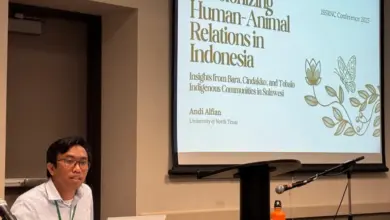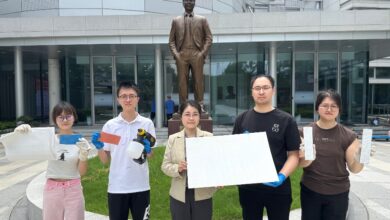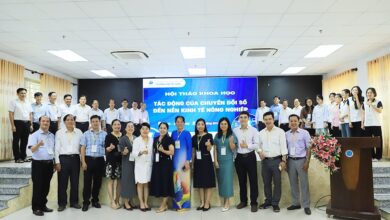NUS scientists develop plant-based cell culture scaffold for cheaper, more sustainable cultured meat
Besides speeding up the process of lab-based meat cultivation, these edible scaffolds can be 3D-printed using widely available plant prolamins

A research team from the National University of Singapore (NUS) has successfully used common plant proteins to 3D-print an edible cell culture scaffold, allowing more affordable and sustainable lab-grown meat to be served on the table.
As consumers become more conscious of the environmental and ethical ramifications of their food, lab-grown meat, also known as cultured meat or cell-based meat, is becoming an increasingly popular source of dietary protein. Cultured meat is produced by taking skeletal muscle cells from animals and growing them on three-dimensional constructs called scaffolds, which provide structural support as the cells multiply and develop into tissues.
However, cell culture scaffolds are typically made from synthetic or animal-based materials, which are either too expensive or inedible. In search of an alternative, the team led by Professor Huang Dejian, Deputy Head of the NUS Department of Food Science and Technology, turned to plant proteins, which are known to be biodegradable and biocompatible with animal cells. Crucially, plant proteins also satisfy common requirements for food consumption, making the resulting scaffold fit for culturing meat.
“By using readily available cereal prolamins as biomaterials for high-precision 3D printing technology, we open up a new method for manufacturing edible and structured scaffolds to produce cultured muscle meat slices with fibrous qualities,” said Prof Huang.
The team’s work, in line with NUS’ thrust to produce cutting-edge sustainability research, was published in the journal Advanced Materials on 22 October 2022.
Find out more : NUS News




